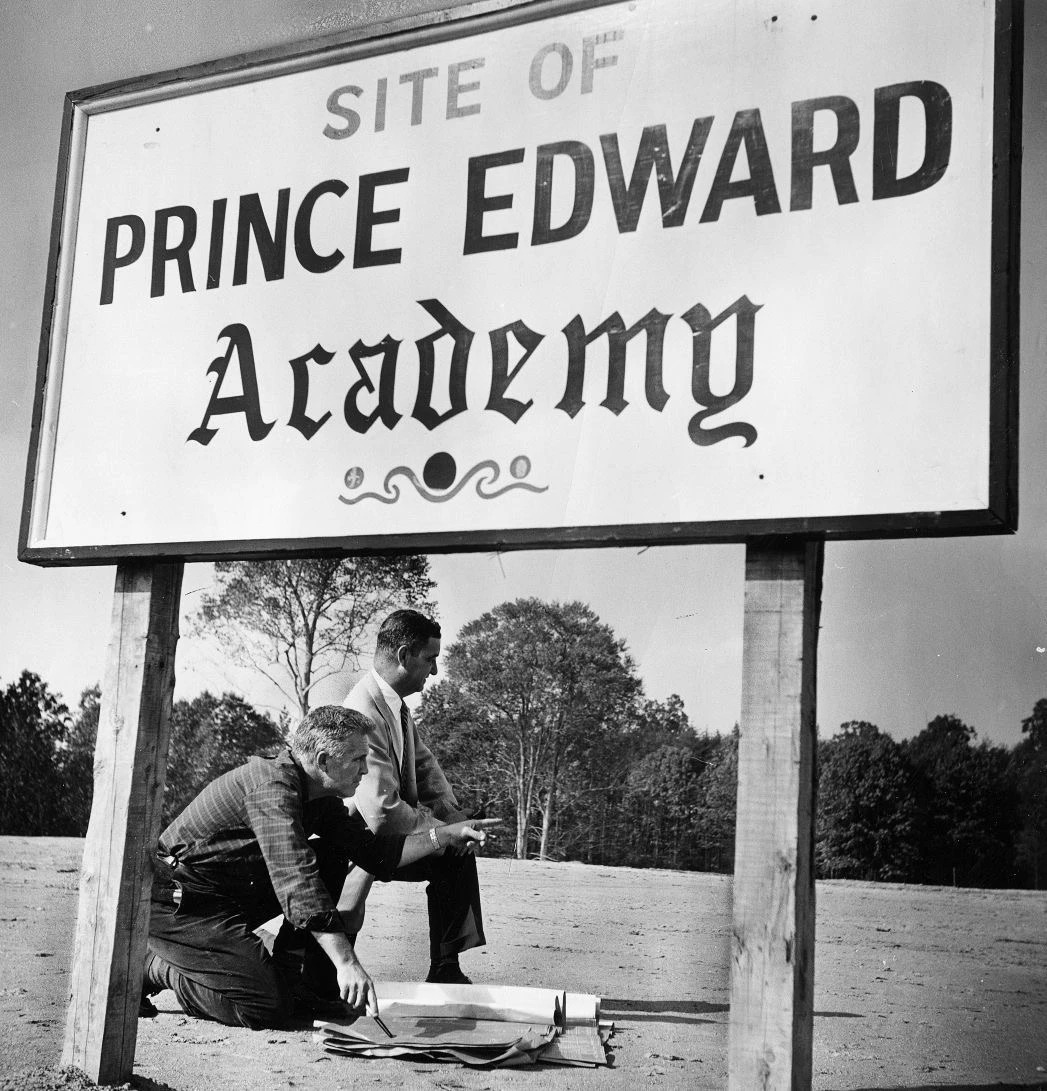By Kristen Green . Prince Edward Academy (Farmville, Va.), Class of 1991
Story by By Kristen Green Prince Edward Academy (Farmville, Va.), Class of 1991
Attending a Virginia segregation academy from kindergarten through high school graduation normalized and centered whiteness for me in my formative years, a lesson that I have spent the last two decades trying to unlearn.
In 1959, county leaders in Prince Edward County shut down public education rather than desegregate the schools in response to Brown v Board of Education. They objected to black and white children attending school together because they worried that they would date, marry and have children, resulting in mixing of the races.
White officials founded the private school for white children on the premise that white children were smarter than black children and that black children would slow their children’s progress. When the public schools closed, white leaders immediately established the private academy so that their white children wouldn’t miss a day of school, and both of my parents attended.
Black children didn’t have that option. There was no school for them in Prince Edward. Some did nothing for the five years public schools were shut. Some went to classes taught by volunteers in church basements. In order to attend public school, others snuck into neighboring localities, moved with their families out of town, or went to live with relatives or strangers in the North. Some children never returned to school. The entire black community was forever altered by this decision to deny its children an education.
Yet many white residents acted as if it had never happened. When I attended the academy in the 1970s and 1980s, I had little awareness of black residents of our rural community. I knew only half the population because Prince Edward Academy intentionally isolated me from black children.
My life was virtually all white. No black people attended our church. I didn’t play sports with black children, and we had no black neighbors or black friends. I never had a black teacher. I didn’t sit in a class with a black child until my high school years, when the academy decided to admit black students in order to secure a tax- exempt status that would make donations tax-deductible and therefore keep the school in business.
The founding principle of white supremacy trickled into daily life at the school, and I didn’t know the impact it would have on me later when I left my small town for college, and later left the South for a journalism career on the West Coast. I didn’t have the skill set to make friends with people who looked different than me, to report knowledgeable stories about people of color. I had internalized white dominance, and I didn’t know what I didn’t know.
Luckily, my curiosity helped me to grow. I dove into reporting about underserved communities, and I read deeply about race, poverty, and immigration. I made friends with people of different racial backgrounds who shared with me the way they experienced life, and my husband, a multiracial man, also helped to fill the gaps in my education. I have worked to not only get up to speed, but to change my hardwiring.
Now that we have kids of our own, we have intentionally sought different educational experiences for them than I had. Our multiracial daughters have spent their childhoods in diverse public school classrooms in Richmond, Va. with brown and black teachers, surrounded by brown and black classmates. They have played in the school band and joined community dance teams with brown and black children, some of who have become close friends.
We often talk about why our neighborhood is so white – our city, like many American cities, remains more segregated than we’d like – and why it’s important to be intentional about broadening our world.
Connecting with people from diverse racial and socioeconomic backgrounds is perhaps easiest done in a classroom setting, where they are having shared experiences. Making sure our kids are in diverse schools won’t end our country’s challenges in confronting race, but it’s a step in the right direction. Our children will know whiteness is not the center, and they will be well equipped to empathize with people from different racial backgrounds and different lived experiences.
—
Kristen Green is the author of Something Must Be Done About Prince Edward County, the story of her Virginia hometown’s decision to close its public schools for five years rather than desegregate. She lives in Richmond, Va.

Thank you for sharing your story. I’m a scientist, and I feel that the best part of my job, the gift that keeps on giving, is having experienced different cultures. Educational environments are where racism begins to see an end, and perhaps why white parents fought so hard to control education. I understand that concept of “hardwiring”, and my husband and I talk of that often. It’s the one curse of growing up in a racially insulated environment and takes deprogramming. We too sought public schools for our kids and were so very fortunate to find a diverse school northeast of Atlanta.